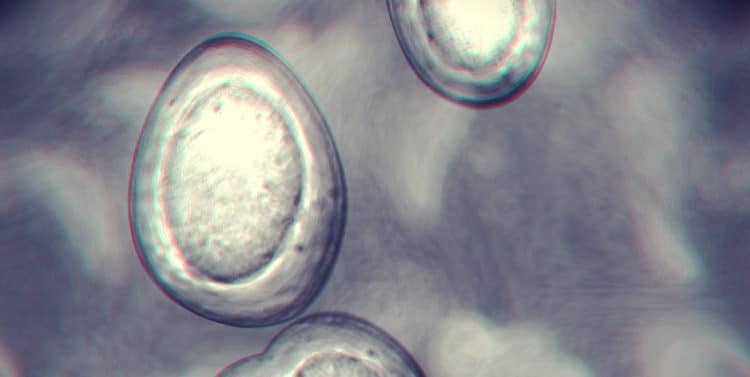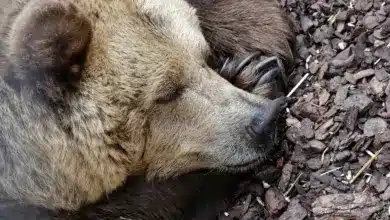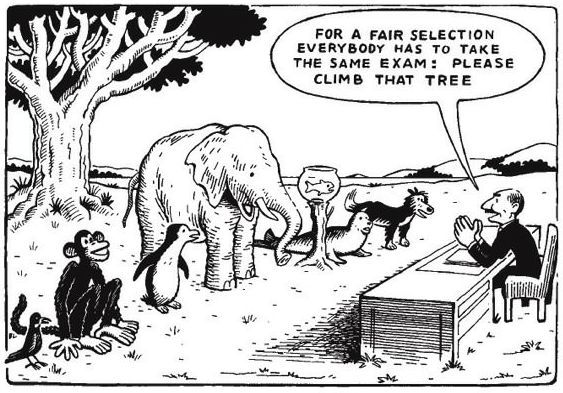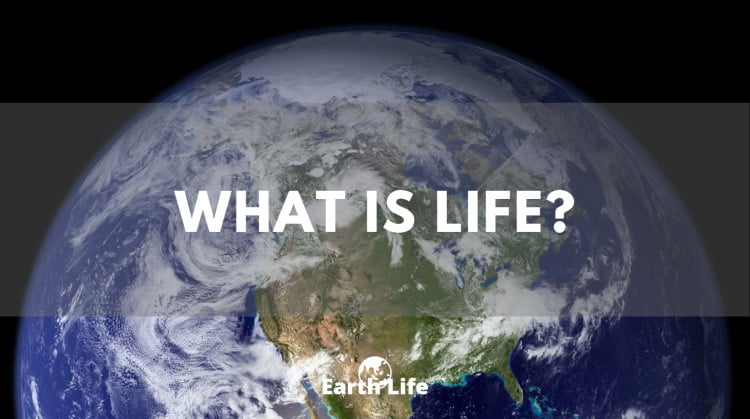The 7 Kingdoms of Life Explained: Which Are Eukaryotic & Prokaryotic?
The seven kingdoms of living things are divided into two major groups: Prokaryotes and Eukaryotes.
There are two prokaryotic kingdoms and five eukaryotic kingdoms.
There are huge fundamental differences between the ways these two groups go about living.
Here is just the briefest of distinctions.
Eukaryotes
Eukaryotes have a separate membrane-bound nucleus, numerous mitochondria and organelles.
These areas are separated off from the main mass of the cell’s cytoplasm by their own membrane, in order to allow them to be more specialized in their activity.
Organelles include things such as Golgi Apparatus (Body), Mitochondria, Ribosomes, Lysosome and Vesicles and of course the Nucleus.

The nucleus contains all the Eukaryote cell DNA for instance and the Mitochondria are where energy is generated.
The exception to this rule are red blood cells, which have no nucleus and do not live very long.
Prokaryotes
Prokaryotes do not have a nucleus, mitochondria or any other membrane bound organelles.
In other words, neither their DNA nor any other of their metabolic functions are collected together in a discrete membrane enclosed area.
Instead, everything is openly accessible within a prokaryotic cell.

Though some bacteria have internal membranes as sites of metabolic activity, these membranes do not enclose a separate area of the cytoplasm.
There are also many other differences between prokaryotic and eukaryotic cells.
Eukaryotic Kingdoms and Prokaryotic Kingdoms
The next level down of classification is into Kingdoms.
Older books will teach that there are two Kingdoms, Plants and Animals.
Books produced towards the end of the last century will generally list six Kingdoms.
As of 2015, and the Publication of “A Higher Level Classification of All Living Organisms” by Ruggiero et al. seven kingdoms are now recognized.
The changes have resulted from better information collected from SEM imaging and DNA analysis. However even this pattern of organisation is is not finished and there may well be changes in the future.
Unfortunately Botanists, Mycologists and Zoologists, who study the three kingdoms you will be most concerned with, do not always use the same terminology below kingdom level – though much of it is the same.
Here you will find a brief description of the seven kingdoms of life.
This will hopefully link, in time, to more information, including more terminology:
The Seven Kingdoms of Life
| Kingdom | When Evolved | Structure | Photosynthesis |
|---|---|---|---|
| Prokaryotic: | |||
| Bacteria | 3 to 4 billion years ago | Unicellular | Sometimes |
| Archaea | 3 to 4 billion years ago | Unicellular | No |
| Eukaryotic: | |||
| Protozoa | 1.5 billion years ago | Unicelular | No |
| Chromista | 1.2 billion years ago | Unicellular | Originally, but sometimes lost; Chlorophyll c |
| Fungi | 1 billion years ago | Unicellular or Multicellular | No |
| Animalia | 700 million years ago | Multicellular | No |
| Plantae | 500 million years ago | Multicellular | Yes; Chlorophyll a, b, and c |
The Chromista and three multicellular eukaryote kingdoms all evolved, as best we understand, from the the protozoa. The two kingdoms of unicellular eukaryote organisms are considered to be polyphyletic. Meaning that they do not necessarily represent a single coherent clade taxonomically.
While the three multicellular kingdoms are all quite distinct, they share some characteristic and not others. Overall most scientists these days consider the fungi to be more closely related to animals than plants. The table below highlights the major differences between the three kingdoms, but does not mention characteristics that are shared by all three to some extent, such as having some members that can reproduce asexually.
The Three Multicellular Kingdoms.
| Characteristic | Kingdom Plantae | Kingdom Animalia | Kingdom Fungi |
|---|---|---|---|
| Cell Wall | Cellulose | Absent | Chitin |
| Reproduction | Gametes or Spores | Gametes | Spores |
| Mitosis | Open | Open | Open or closed |
| Cellular differentiation | In whole organism | In whole organism | Only for fruiting bodies |
| Haploid cells vs Diploid cells | Most body cells diploid | Most body cells diploid | Most body cells haploid |
| Food Acquisition | Autotrophic | Heterotrophic | Heterotrophic |
| Chlorophyll | Present | Absent | Absent |
| Food Storage | Starch | Glycogen | Glycogen |
| Motile (the whole organism can move itself) | No | Mostly yes | No |
What Next?
You’re probably thirsty for more information, right? Maybe you’d like to learn more about Taxonomy.





